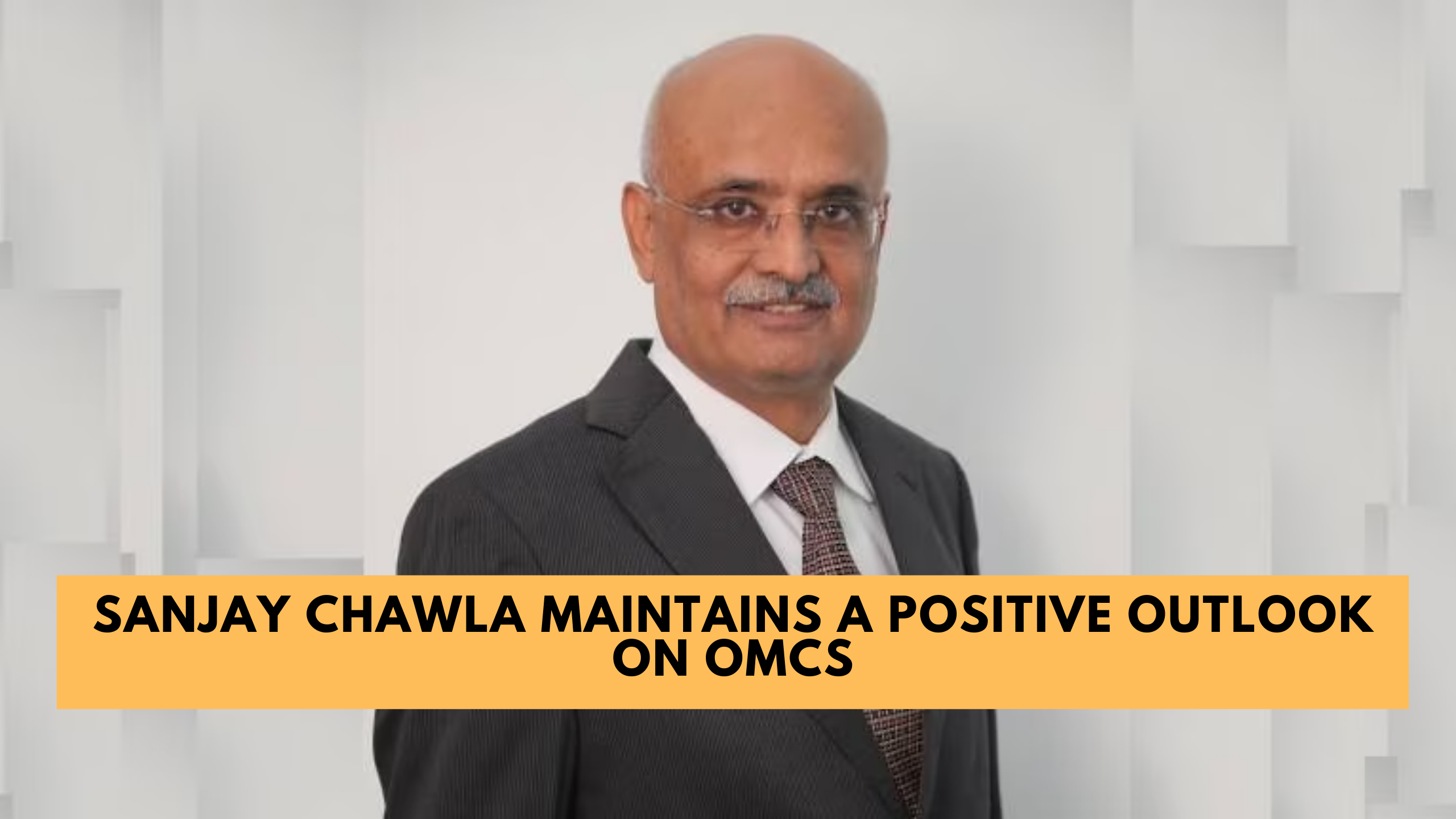Baba Ramdev’s Patanjali Ayurved has issued an unconditional apology to the Supreme Court for airing misleading advertisements. This development comes amidst a flurry of controversy surrounding the company’s marketing tactics and the subsequent legal ramifications. Let’s delve into the details of this apology and its implications.
Baba Ramdev’s Apology: What Happened?
Background of Patanjali Ayurved
Patanjali Ayurved, founded by Baba Ramdev, has been a prominent player in India’s FMCG (Fast Moving Consumer Goods) sector. The company gained widespread popularity for its range of Ayurvedic products, tapping into the growing trend of holistic wellness.
The Controversial Advertisements
However, Patanjali Ayurved found itself embroiled in controversy due to its advertisements, which allegedly made misleading claims about the efficacy of its products. These claims ranged from exaggerated health benefits to unverified scientific assertions, leading to skepticism among consumers and regulatory scrutiny.
Public Outcry and Legal Action
The dissemination of these misleading advertisements sparked public outcry and raised concerns among consumer rights activists. Furthermore, regulatory bodies such as the Advertising Standards Council of India (ASCI) and the Food Safety and Standards Authority of India (FSSAI) took notice and initiated investigations into the matter.
Unconditional Apology: What It Entails
Statement from Patanjali Ayurved
In response to mounting pressure and legal proceedings, Patanjali Ayurved issued an unconditional apology to the Supreme Court, acknowledging the inaccuracies in its advertisements. Baba Ramdev, the face of the brand, expressed remorse for any unintentional misinformation and assured corrective measures.
Implications of the Apology
The unconditional apology signifies a significant shift in Patanjali Ayurved’s stance, reflecting a willingness to rectify past mistakes and uphold ethical standards. However, the repercussions of misleading advertising extend beyond mere apologies and necessitate comprehensive remedial action.
Repercussions of Misleading Advertisements
Loss of Trust
The controversy surrounding Patanjali Ayurved’s misleading advertisements has eroded consumer trust and tarnished the brand’s reputation. Trust is a cornerstone of brand loyalty, and once compromised, it becomes challenging to regain.
Legal Consequences
Apart from reputational damage, the company faces legal repercussions for violating advertising regulations. The Supreme Court’s intervention underscores the seriousness of the matter and serves as a deterrent against future transgressions.
Impact on Brand Reputation
The fallout from the misleading advertisements has cast a shadow over Patanjali Ayurved’s image as a purveyor of Ayurvedic authenticity. Rebuilding trust and restoring credibility will require concerted efforts and transparent communication.
Lessons Learned: Importance of Ethical Advertising
Regulatory Compliance
The episode underscores the importance of adhering to advertising standards set forth by regulatory bodies. Compliance with guidelines ensures that advertisements are truthful, substantiated, and devoid of deceptive claims.
Consumer Awareness
Consumers play a pivotal role in holding brands accountable for their marketing practices. Heightened awareness and discernment empower consumers to scrutinize advertisements critically and demand transparency from companies.
Corporate Responsibility
As custodians of public trust, corporations have a moral and legal obligation to conduct their advertising activities responsibly. Ethical advertising not only fosters consumer confidence but also fosters long-term sustainability.
Moving Forward: Steps for Redemption
Transparency and Accountability
Patanjali Ayurved must prioritize transparency and accountability in its communication strategies. Honest and forthright engagement with consumers will help rebuild trust and mitigate skepticism.
Rebuilding Trust
Reinstating consumer trust is a gradual process that requires consistent effort and genuine commitment to rectifying past mistakes. Patanjali Ayurved can leverage its core values of Ayurveda and authenticity to regain credibility.
Ensuring Compliance
Going forward, strict adherence to advertising regulations should be non-negotiable for Patanjali Ayurved. Implementing robust compliance mechanisms and internal controls will prevent recurrence of similar controversies.
Quick Review:
Q1.What were the misleading advertisements by Patanjali Ayurved?
A. The advertisements made exaggerated claims about the efficacy of Patanjali Ayurved’s products, which were not substantiated by scientific evidence.
Q1.Why did Baba Ramdev issue an unconditional apology?
A. Baba Ramdev issued an apology in response to legal proceedings and public scrutiny regarding the misleading nature of the company’s advertisements.
Q3.What legal actions were taken against Patanjali Ayurved?
A. Regulatory bodies such as the Supreme Court, ASCI, and FSSAI initiated investigations and legal proceedings against Patanjali Ayurved for violating advertising standards.




